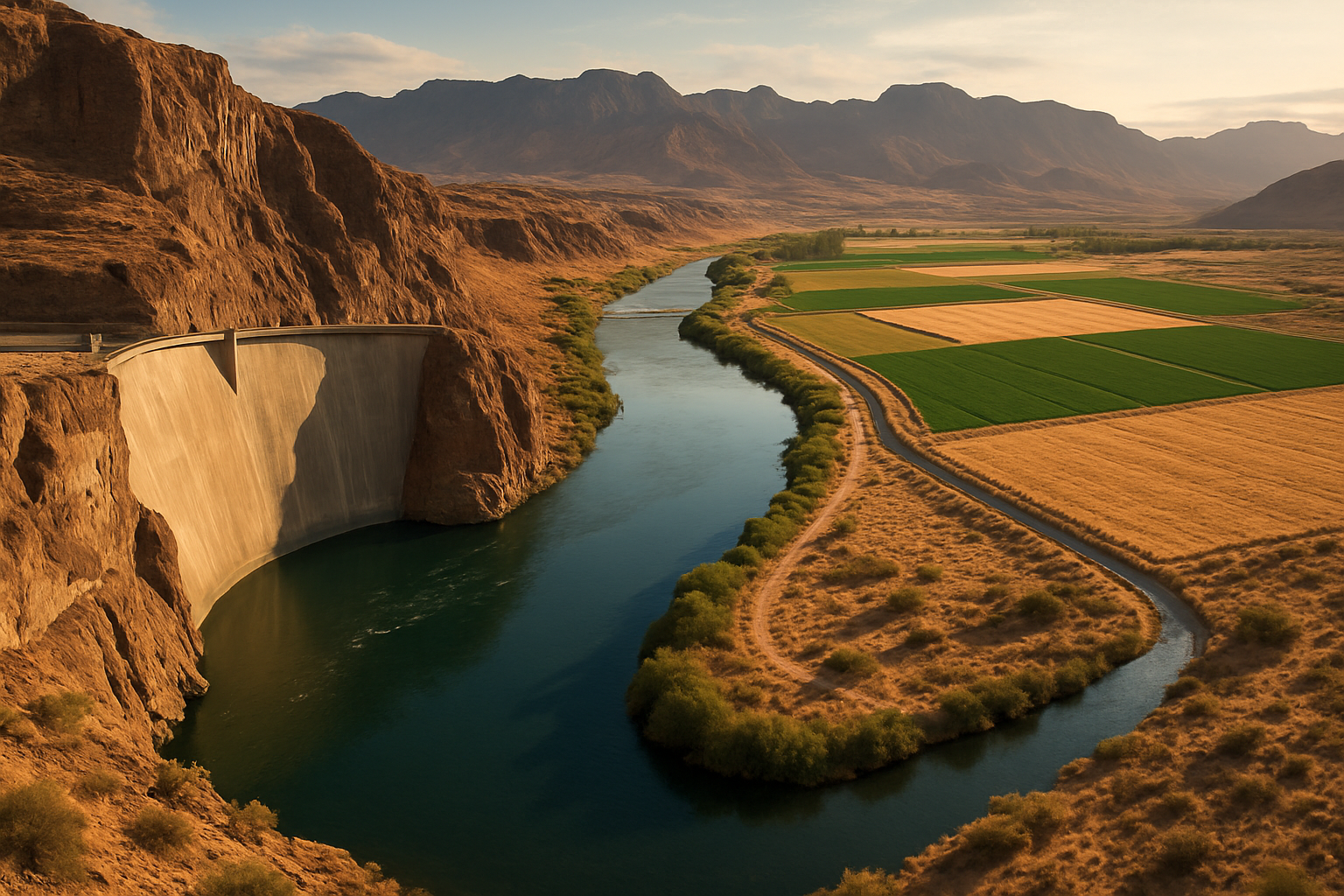The Intricacies of Water Rights in Western U.S. States
Introduction: In the arid landscapes of the American West, water is more than a resource—it's a lifeline. The complex system of water rights governing its distribution has shaped the region's development for over a century. This article delves into the unique legal framework that determines who can use water, how much, and for what purposes in Western states.

This system was designed to encourage development in arid regions by providing legal certainty to those who invested in water infrastructure. The first person or entity to divert water from a stream and put it to beneficial use—such as irrigation, mining, or municipal supply—gains the senior right to that water. Subsequent users can claim junior rights, but these are subordinate to earlier claims during times of scarcity.
Beneficial Use and the No-Waste Principle
Central to the Western water rights system is the concept of beneficial use. Water rights are not granted for speculative purposes or to hoard resources. Instead, rights holders must demonstrate that they are using water for a productive purpose recognized by state law. Common beneficial uses include agriculture, industry, recreation, and environmental preservation.
Closely tied to beneficial use is the no-waste principle. Water rights holders are expected to use water efficiently and can lose their rights if they waste water or fail to use it for extended periods. This use-it-or-lose-it approach aims to maximize the utility of scarce water resources but can sometimes conflict with conservation efforts.
The Colorado River Compact: A Case Study in Interstate Water Law
The management of the Colorado River exemplifies the complexities of Western water law on an interstate scale. In 1922, seven Western states signed the Colorado River Compact, dividing the river’s water between the Upper Basin (Colorado, Wyoming, Utah, and New Mexico) and the Lower Basin (Arizona, Nevada, and California).
This agreement, along with subsequent laws and court decisions, forms the Law of the River—a complex legal framework governing water allocation among these states and Mexico. The compact’s fixed allocations, based on early 20th-century flow estimates, have become increasingly problematic as climate change alters the river’s hydrology and population growth strains available resources.
Adjudication and Water Courts
Given the high stakes involved in water rights disputes, many Western states have established specialized water courts or administrative systems to adjudicate claims. These institutions are tasked with determining the validity and extent of water rights, resolving conflicts between users, and adapting the system to changing conditions.
The process of water rights adjudication can be lengthy and contentious, often involving decades of litigation. For example, the Snake River Basin Adjudication in Idaho, which began in 1987 and concluded in 2014, involved over 150,000 water rights claims and required significant judicial and administrative resources to resolve.
Evolving Challenges: Climate Change and Environmental Concerns
The Western water rights system faces mounting challenges in the 21st century. Climate change is altering precipitation patterns and reducing snowpack, affecting the reliability of water supplies. Meanwhile, growing recognition of the environmental impacts of water diversions has led to efforts to secure instream flow rights for ecosystem preservation.
These pressures are prompting a reevaluation of traditional water law doctrines. Some states are exploring more flexible approaches to water allocation, such as water banking and leasing programs. Others are grappling with how to incorporate emerging values, like ecosystem health, into a system historically focused on human use.
Conclusion
The system of water rights in Western U.S. states reflects a unique legal response to the challenges of managing a scarce resource in an arid environment. While rooted in 19th-century principles, this framework continues to evolve as it confronts modern challenges. Understanding the intricacies of Western water law is crucial for policymakers, developers, and citizens alike as the region seeks sustainable solutions to its water needs in an era of climate uncertainty and competing demands.





